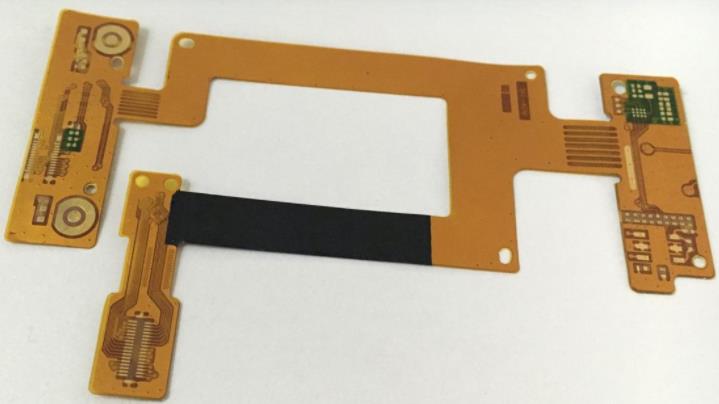PCB manufacturer: Precautions for wave soldering operation
Wave surface: The surface of the wave is covered by a layer of oxide scale? It remains almost static along the entire length of the solder wave? During the wave soldering process? The PCB touches the leading surface of the tin wave? The oxide scale cracks? The front of the PCB. The tin wave is pushed forward without folds? This shows that the entire oxide skin and PCB are moving at the same speed.
Wave soldering machine
Solder joint formation: When the PCB enters the front end of the wave surface (A)? The substrate and the pins are heated? And before leaving the wave surface (B)? The entire PCB is immersed in the solder? That is, it is bridged by the solder? But leaving At the moment of the end of the wave? A small amount of solder adheres to the pad due to the wetting force? And due to surface tension? There will be a minimum shrinkage centered on the lead? At this time, the solder and the pad are wetted The wet force is greater than the cohesive force of the solder between the two pads. Therefore, a full, round solder joint will be formed. The excess solder leaving the end of the wave crest will fall back into the tin pot due to gravity.

Prevent the occurrence of bridging
1. Use components/PCB with good solderability
2. Improve the activity of flux
3. Increase the preheating temperature of the PCB? Increase the wetting performance of the pad
4. Increase the temperature of the solder
5. Remove harmful impurities? Reduce the cohesion of the solder? In order to facilitate the separation of the solder between the two solder joints.
Common preheating methods in wave soldering machines
1. Air convection heating
2. Infrared heater heating
3. Heating by a combination of hot air and radiation
Analysis of wave soldering process curve
1. Wetting time: refers to the time when the wetting starts after the solder joints are in contact with the solder
2. Residence time: the time from contacting the wave crest surface to leaving the wave crest surface of a solder joint on the PCB
3. Preheating temperature: The preheating temperature refers to the temperature reached before the PCB contacts the wave crest surface
4. Soldering temperature: Soldering temperature is a very important soldering parameter? It is usually 50°C ~ 60°C higher than the melting point of the solder (183°C). In most cases, it refers to the temperature of the soldering furnace when it is actually operating? The PCB solder joints being soldered Is the temperature lower than the furnace temperature? This is due to the heat absorption of the PCB
iPCB is a high-tech manufacturing enterprise focusing on the development and production of high-precision PCBs. iPCB is happy to be your business partner. Our business goal is to become the most professional prototyping PCB manufacturer in the world. Mainly focus on microwave high frequency PCB, high frequency mixed pressure, ultra-high multi-layer IC testing, from 1+ to 6+ HDI, Anylayer HDI, IC Substrate, IC test board,rigid flexible PCB, ordinary multi-layer FR4 PCB, etc. Products are widely used in industry 4.0, communications, industrial control, digital, power, computers, automobiles, medical, aerospace, instrumentation, Internet of Things and other fields.